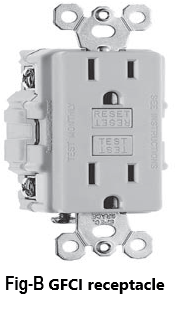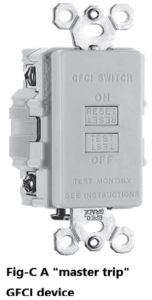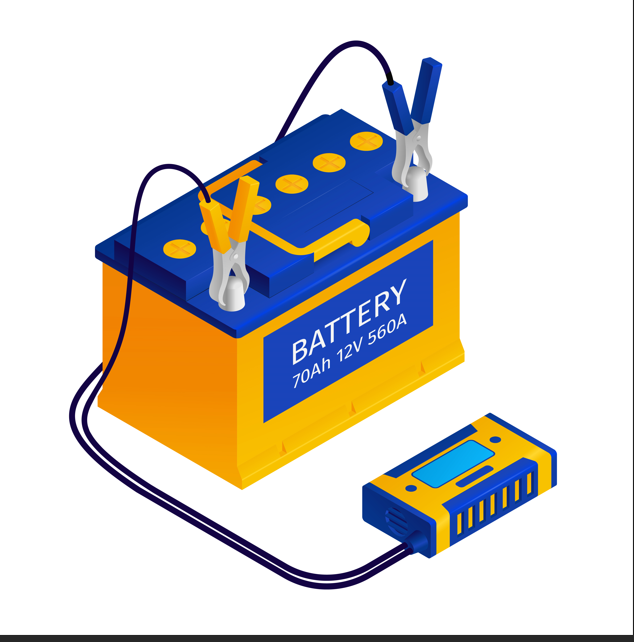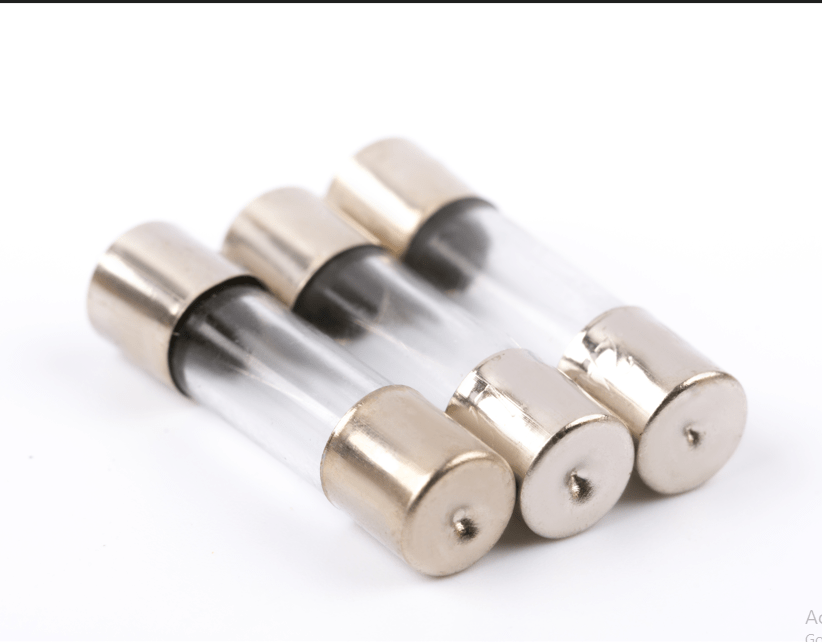Table of Contents
ToggleWhat is Ground Fault Circuit Interrupters (GFCI)?
A ground-fault circuit interrupter (GFCI or GFI) is a device that can be installed to protect either a complete 120-volt, two-wire circuit or a single receptacle against ground-fault currents. If there is a fault between the hot wire and the frame of a defective tool or appliance held by a person, the GFCI will open the circuit quickly enough to keep the shock from being dangerous, even if it will be felt. Present product standards require a GFCI to trip the circuit if the fault current reaches 4 to 6 mA. The allowable tripping time varies inversely with the magnitude of the current.
Principle of GFCI

The principle of operation is shown in Fig. In a properly installed two-wire, 120-volt circuit, the amount of current flowing in the grounded wire is precisely the same as in the hot (ungrounded) wire. But if there is a fault in a tool or appliance, part of the current (the fault current) will flow through the grounding conductor, if present. Some will flow through the body of the operator. Therefore the amount of current in the grounded conductor will be less than in the hot conductor. The GFCI senses this difference and opens the entire circuit or the ungrounded wire to the receptacle that it protects.
An ordinary GFCI will not protect a three-wire circuit, or receptacles connected to two of the wires of a three-wire circuit. But if a three-wire circuit is divided into two 2-wire circuits, a GFCI can be used to protect one of those two-wire circuits, or to protect one or more receptacles on one of those circuits. Be sure the GFCI has the same ampere rating as the circuit, and be sure it is listed for the type of protection for which you are using it. Two-pole GFCI circuit breakers are also available to protect an entire three-wire circuit, or a straight 240-volt, two-wire circuit with no neutral required.
GFCI types


Ordinary GFCIs are available in various types. One form is a separate device installed to protect a receptacle or circuit. More popular are combination circuit breakers and GFCIs, which are installed in a panelboard to protect an entire 120-volt circuit (see Fig-A.)To install the device, run the coiled white wire to the neutral bus bar in the panel, and terminate both the ungrounded and grounded circuit conductors at the appropriate points on the breaker. The breaker needs to sense current in both sides of the line in order for its GFCI function to operate.
The most common type consists of GFCI protection built into a receptacle, as shown in Fig-B. If you only need the GFCI protection and not the receptacle (or Code rules prohibit installing a receptacle on the circuit you need to protect), you can use the device in Fig-C.
The receptacle in Fig-B is a “feed through” device, which means it has LINE and LOAD markings. It protects downstream loads connected to its load terminals. Do not mix up the line and load sides of these devices. If you wire the device backward, downstream loads will be protected, but appliances plugged into the receptacle will have no protection. The test button will trip, apparently functioning normally, but the ungrounded receptacle slots will still be hot. Figure-C is essentially a GFCI feedthrough receptacle as depicted in Fig-B, but without any receptacle slots. If the test and reset buttons have additional OFF and ON markings, the device has been evaluated as a manual motor controller and can be used as a switch.

Where GFCIs are required
The NEC requires GFCI protection for 15- or 20‑amp, 125-volt receptacles as follows (there are many other required locations, but this list covers most of the common examples):
In residential properties, for all receptacles in the following locations: outdoors including balconies (except those for rooftop snow-melting equipment, for which special rules apply), bathrooms, garages, serving kitchen countertops, within 6 ft of any sink, bathtub, shower stall, laundry areas, crawl spaces, unfinished basements, and boathouses. The GFCI may be installed to protect individual receptacles, or the entire branch circuit supplying the receptacles.
In other occupancies, for all receptacles in bathrooms and on rooftops and outdoors, again with an exception for rooftop de-icing equipment for which special rules apply. The requirement also applies to all nonresidential kitchen receptacles (“kitchen” being defined for this purpose as an area with a sink and permanent facilities for food preparation). The NEC also applies this requirement to receptacle outlets within 6 ft of sinks, with only two exceptions that cover applications beyond the scope of this book. In addition, the NEC requires coverage of indoor wet locations, garages and service bays and the like (but not exhibition halls and showrooms), and locker rooms if they have associated showering facilities.
Formerly just for construction sites, now for all 15-, 20-, and 30-amp, 125-volt, single-phase receptacles that are used for “construction, remodeling, maintenance, repair, and demolition” activities, whether or not on a construction site. An exception applies for some industrial occupancies with expert supervision, but only in cases where a random nuisance trip would create a greater hazard, or in cases where the powered equipment can be shown to be incompatible with GFCI devices.
Replacement receptacles
If you replace a receptacle, and it is in a location where the NEC now requires GFCI protection for that receptacle, even if no GFCI protection was required at the time the original receptacle was installed, you must provide GFCI protection for the replacement. If you replace a receptacle and there is an equipment grounding conductor available at the outlet, the replacement receptacle must be of a grounding configuration and properly grounded whether or not the receptacle needed to be grounded at the time it was originally installed.
However, if you replace a receptacle at an outlet with no equipment grounding conductor present, you have three options, assuming you don’t plan to rewire the branch circuit. You could
(1) use a new, nongrounding receptacle, or
(2) use a GFCI receptacle (they only come in grounding configurations) with a NO EQUIPMENT GROUND marking on the faceplate, or
(3) use a conventional grounding receptacle fed from a GFCI protective device and mark the receptacle location with both NO EQUIPMENT GROUND and GFCI PROTECTED.



Hello my family member! I want to say that this post is awesome, nice written and include approximately all vital infos. I would like to peer extra posts like this .
But wanna comment on few general things, The website layout is perfect, the subject material is real superb : D.